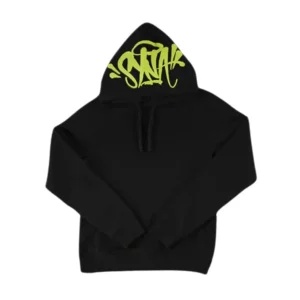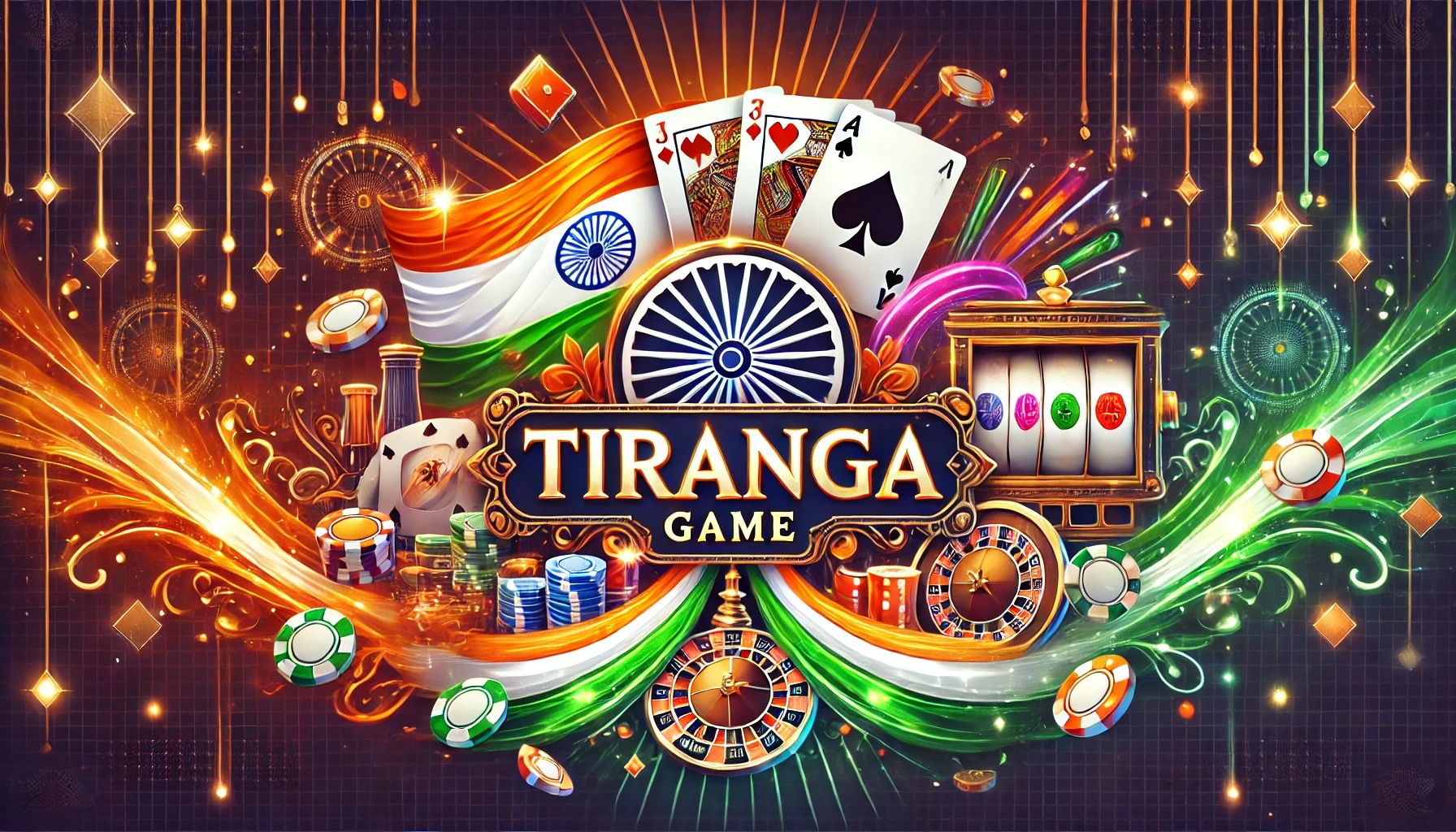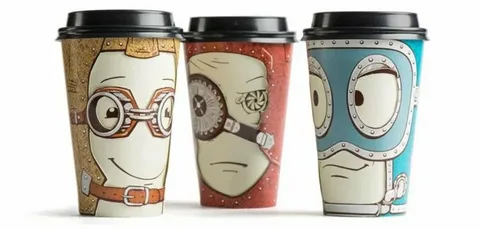Event marketing continues to evolve with creative approaches that connect people to brands in memorable ways. One of the most impactful yet often overlooked tools is the use of branded cups. They serve not only as functional items but also as carriers of messages, emotions, and experiences. When applied with the right strategies, branded cups can boost awareness, build loyalty, and create moments that stick with participants long after the event ends.
The Role of Branded Cups in Event Marketing
Branded cups do much more than hold a drink. They turn into symbols of the event and create a connection between attendees and the brand. People often remember details of experiences tied to physical items. A cup becomes a reminder of the atmosphere, fun, and energy at an event. This simple tool ensures that the brand stays in front of attendees, even after they leave.
At events, cups are constantly visible. They sit on tables, pass from hand to hand, and appear in photos. This visibility multiplies the brand’s exposure without additional cost. Every sip becomes an opportunity for the brand to stay in focus. It also helps create an organic advertising flow as attendees share pictures on social media. A logo on the cup becomes part of the shared story.
Unlike many other promotional tools, branded cups are both practical and sustainable. They offer value to the participant by serving a purpose while quietly promoting the brand. This dual function makes them a perfect element of event marketing strategies.
Designing Cups to Align with Brand Identity
The design of a branded cup should reflect the essence of the brand and the mood of the event. When the design is thoughtfully crafted, it helps strengthen the brand identity. A consistent color scheme, clear logo placement, and appealing visuals are key elements that drive recognition.
A good design balances aesthetics with readability. While the artwork should catch attention, the logo must be visible from a distance. A design that is too crowded or complicated can reduce impact. Instead, bold and simple elements work best at events where people are often in motion.
Customization also allows brands to highlight their uniqueness. For example, a food festival may use designs that reflect local culture. A tech conference may choose sleek, minimal visuals. In both cases, the design serves as an extension of the overall brand message. By creating an item that feels exclusive to the event, the cup takes on collectible value. Attendees are more likely to keep it and use it again, keeping the brand alive in their daily routine.
Measuring the Impact of Branded Cup Campaigns
To ensure success, brands should measure how effective their cup strategies are. Tracking engagement helps refine future campaigns. Methods of measurement include observing social media mentions, hashtag use, and photo shares involving the cups.
Feedback from attendees is also valuable. Simple surveys can ask whether the cups added value or influenced brand perception. Tracking reuse at follow-up events may also provide insights into the long-term impact.
Digital integrations like QR codes can offer precise data on scans, clicks, and conversions. These figures give measurable proof of how well the campaign worked. By analyzing such results, event planners can understand the return on investment and improve their strategies for upcoming events.
For businesses exploring practical applications, resources like https://ibexpackaging.com/custom-cups/ provide options to customize designs that match event needs while staying budget-friendly.
Enhancing Guest Engagement Through Interactive Cup Campaigns
Branded cups can be used to drive engagement beyond just serving drinks. Interactive campaigns involving cups help turn passive attendees into active participants. When done well, this creates lasting memories and stronger brand connections.
One strategy is to use cups as part of gamification. For instance, different cup colors could represent different teams or activities at an event. Attendees may trade cups, collect certain versions, or win prizes linked to them. This sparks curiosity and conversation while embedding the brand in the activity.
Cups can also be designed with QR codes that link to exclusive event content. Attendees can scan the code to access discounts, enter contests, or watch behind-the-scenes videos. This extends the event experience into the digital world, deepening interaction.
Such strategies make the cup more than just a drink holder. It becomes a tool for storytelling, discovery, and fun. By blending practical use with engagement opportunities, branded cups leave a stronger impact on the audience.
Building Brand Visibility Through Event Photos and Social Media
Event photos and social media sharing amplify the reach of branded items. Cups naturally find their way into countless pictures, from selfies to group shots. Each photo that includes the branded cup acts as a small advertisement. It reinforces the event atmosphere while promoting the brand to a wider audience.
Attendees often post pictures of their experiences online. When the branded cup appears in these images, the brand gains exposure beyond the event space. A logo on a cup can reach hundreds or thousands of people who never attended. This kind of organic marketing holds immense value because it feels authentic.
Event organizers can also encourage attendees to share their photos with specific hashtags. Contests that reward the best photo featuring the branded cup boost participation even more. This transforms a simple cup into a catalyst for digital buzz. In this way, branded cups not only work on-site but also extend their role into the online space.
Practical Value and Sustainability as Selling Points
Modern audiences are more conscious of sustainability and practical value. Branded cups fit perfectly within these expectations. Reusable cups made of eco-friendly materials appeal to environmentally aware attendees. When a brand shows that it cares for the planet, it earns respect and trust from participants.
The practicality of cups ensures that they will be reused after the event. Unlike flyers or one-time promotional items, cups serve a long-term purpose. This repeated use reinforces the brand presence in everyday settings. Every time someone drinks from the cup, they recall the event and the brand’s role in it.
Offering cups made from recyclable or compostable materials also reflects positively on the brand. It shows responsibility and alignment with global sustainability trends. In many cases, this alone can set a brand apart from competitors who ignore such values.
Strategies for Integrating Cups Into Event Themes
To make the most of branded cups, they should align with the overall event theme. This creates harmony between the event environment and the brand presence. A well-integrated cup design makes the experience feel complete rather than forced.
For example:
- At a music festival, cups could feature bold, energetic designs that match the event vibe.
- At a business conference, sleek and minimalist designs would feel more professional.
- At a cultural event, patterns inspired by local art and traditions may resonate with attendees.
Integration goes beyond just design. It also involves how the cups are distributed and used. Offering exclusive designs for VIP areas, limited editions, or themed collections can create excitement. People often see these items as souvenirs, increasing their value and emotional connection.
Using Cups for Brand Storytelling
Branded cups provide a subtle yet powerful platform for storytelling. Instead of only placing a logo, brands can use the design to communicate their message. A few words, a tagline, or even symbols can tell a story that resonates with attendees.
Storytelling through cups is effective because it is both visual and functional. While drinking, people naturally look at the cup, absorbing the message over and over. This repeated exposure helps build emotional bonds between the brand and the user.
For example, a company promoting healthy living could use images of fresh produce or wellness symbols. A tech startup could highlight its innovation journey through modern design patterns. In each case, the story becomes part of the attendee’s event memory. This type of storytelling adds depth to event marketing while keeping it engaging.
Partnering With Vendors and Sponsors Through Branded Cups
Events often involve multiple stakeholders, including vendors and sponsors. Branded cups provide an excellent opportunity for collaboration. When sponsors share their logo space on cups, they gain visibility, and the main brand offsets production costs.
This partnership benefits everyone. Vendors offering food and beverages enjoy consistent branding as every product served reinforces the main event image. Sponsors receive continuous exposure since their logos travel around with attendees. Organizers save money while ensuring brand quality is maintained.
Collaborative use of cups also builds stronger relationships between brands and partners. It shows unity and shared purpose, which attendees often notice. This cooperation can strengthen trust among stakeholders and pave the way for future collaborations.
Conclusion
Branded cups are more than simple drink containers. They hold the power to boost visibility, spark engagement, and tell meaningful stories. By aligning design with brand identity, integrating with event themes, and promoting sustainability, they create long-term value. When combined with interactive strategies, collaborations, and measurement tools, cups can transform ordinary events into unforgettable brand experiences.







